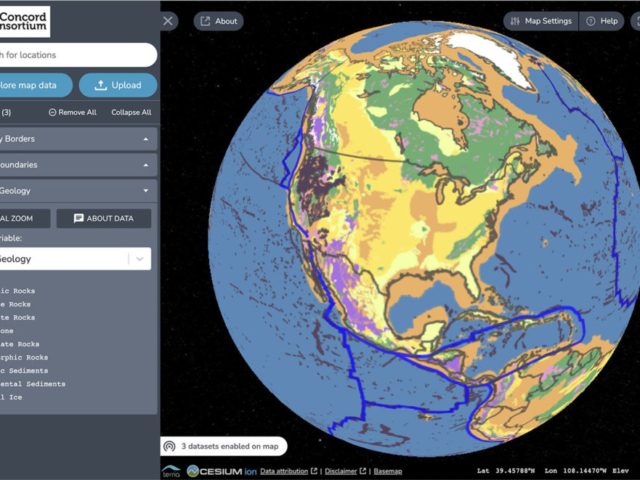We’re delighted to present the year in review with our top 10 highlights.
1. We Update Our Workspaces
Most of our employees now work remotely much of the time. While we love to collaborate over Zoom, in Google Docs, and on GitHub and Pivotal Tracker, we also enjoy getting together in person, especially in our renovated Concord, Massachusetts, workspace. Thanks go to Concord Consortium President and CEO Chad Dorsey, who called upon his inner interior designer and added a few appropriately geeky DIY touches to create a comfortable space for collaboration, including the new “Café” shown below (which at least one Concord-ite has dubbed “George Jetson’s living room”). Accounting Manager Rebecca Lau and Senior Accountant Denise Dao also deserve a special shoutout—they not only keep our books in order, they also keep all things green around the space healthy and flourishing!

And on the West Coast, we’ll be saying goodbye to our Emeryville, California, office in January 2023 and moving into a charming new space in El Cerrito. We look forward to hosting meetings with teachers, students, advisory board members, and others at both locations in the New Year.
2. We Welcome Five Incredible New Staff Members
We are delighted to welcome Joe Bacal, Lucy Blagg, Dennis Cao, Teale Fristoe, and Kate Miller to our team. We’re working coast to coast to innovate and inspire equitable, large-scale improvements in STEM teaching and learning through technology. Learn more about us and our mission.
3. We Design for the Future of Data Fluency
We are thrilled to be at the center of many efforts in the growing field of data science education. Our work is helping build momentum, catalyze action, and contribute to the growing research base on what works in classrooms and in informal learning environments.
- With funding from the National Science Foundation, the Valhalla Foundation, the George Lucas Educational Foundation, and the Hewlett Foundation for a wide array of innovative projects and initiatives in both formal and informal educational settings, we are undertaking cutting-edge research and extensive testing and implementation to ensure that all students learn to work with data fluently.
 Thanks to nearly $2 million in funding from Devin Finzer, we are modernizing CODAP, reengineering its underlying source code from the ground up. With new web application development tools, CODAP will be a fully open, flexible, and customizable online learning platform that supports data science education for years.
Thanks to nearly $2 million in funding from Devin Finzer, we are modernizing CODAP, reengineering its underlying source code from the ground up. With new web application development tools, CODAP will be a fully open, flexible, and customizable online learning platform that supports data science education for years.- With a background in statistics and data science education, 2022 Tinker Fellow Heather Barker spent time this summer in our California office, creating two CODAP-enabled tasks that explore social justice topics—one on the Happiness Report and one on fatal encounters with police. But it wasn’t all work—lead CODAP developer Bill Finzer took Heather on a local hike to Redwood Regional Park in Oakland.
- We presented at the Foundations of Data Science for Students in Grades K-12 workshop held at the National Academies of Sciences, Engineering, and Medicine in September. Chaired by longtime collaborator Michelle Wilkerson and 2021 Tinker Fellow Nick Horton, the workshop convened researchers and practitioners engaged in K-12 data science education. We look forward to the published summary, which will provide an important mark of where the field is and a highly valuable road map for research, practice, and policy for the coming years.
- We helped spread the word about the importance of teaching with and about data with articles in The Science Teacher (How the Data Got Their Dots: Helping Students Understand Where Data Come From [PDF] and Data at a Distance: Innovative Science Experiments Using the Internet of Things [PDF]) and a book chapter in Situating Data Science: Exploring How Relationships to Data Shape Learning.
4. We Co-Design Curriculum with Teachers

Julia Wilson tests how many drops of water, isopropyl alcohol, and acetone can fit on a penny during an InquirySpace professional development session.
In our dozens of research projects, we worked with hundreds of teachers. An integral part of our co-design efforts, these teachers are embedding our digital inquiry resources into their kindergarten to high school classrooms and offering invaluable feedback on student learning and what works in their unique settings. This year, we highlighted two of these incredible teachers in our @Concord newsletter. Learn why high school chemistry teacher Julia Wilson is optimistic that she can help her students see the purpose in science and why middle school science teacher Jessica Sudah values a curriculum that puts student voices first.
5. We Transform Geoscience Education with 3D Models
TecRocks Explorer (left); Earth Rocks Map 3D model (right)
As part of our National Science Foundation-funded TecRocks project, we added new features to our 3D dynamic Tectonic Explorer model to simulate both surface and subsurface plate tectonic interactions and rock formation. Our goal is to help students understand how a rock’s type is inextricably intertwined with the conditions and processes found in the tectonic environments in which it forms.
Using the original features of Tectonic Explorer, students can change the number and properties of tectonic plates on a simplified Earth-like planet, then run the model to observe rock formation and transformation in different tectonic environments. For instance, magma that rises from the mantle between two plates that are diverging solidifies and forms basalt and gabbro, two metal-rich igneous rock types, with basalt forming at the surface and gabbro, below. Using the TecRocks Explorer, students can see how this environment is responsible for the rock type that makes up all ocean floors. Using our new Rock Sample tool, students can select any location and determine what rock type exists at or below the surface. Students can also measure both temperature and pressure in a cross-section to reason about rock genesis and transformations under specific tectonic conditions.
We also developed a new Earth Rocks Map, which shows a generalized representation of Earth’s geology. The map, stripped of information of geologic eras, focuses primarily on the distribution of the three major rock types (igneous, metamorphic, and sedimentary) found on Earth’s surface. Students can spin the powerful 3D model around for a global view or toggle to a 2D view to see the entire planet at once, and can zoom in to examine a specific area in detail or turn different rock types on and off to look for patterns.
6. We Bring Artificial Intelligence to English Language Arts Classrooms
Artificial intelligence made a splash in 2022—from AI models for generating language and imagery to controlling our city infrastructures. Our Narrative Modeling with StoryQ project is creating tools, materials, and opportunities for young people to gain a fundamental understanding of AI and become a powerful voice in a society being rapidly reshaped by AI technologies. Jie Chao, Principal Investigator of StoryQ, describes how a simple AI system works to detect clickbait in a module designed for high school English Language Arts classes. Plus learn from Carolyn Rosé, Professor of Language Technologies and Human-Computer Interaction at Carnegie Mellon University, Interim Director of the Language Technologies Institute, and Co-Principal Investigator of the project, why computers are good at some things (hint: pattern recognition) while humans are better at others!
7. We Help Students Do Open-Ended Experimentation
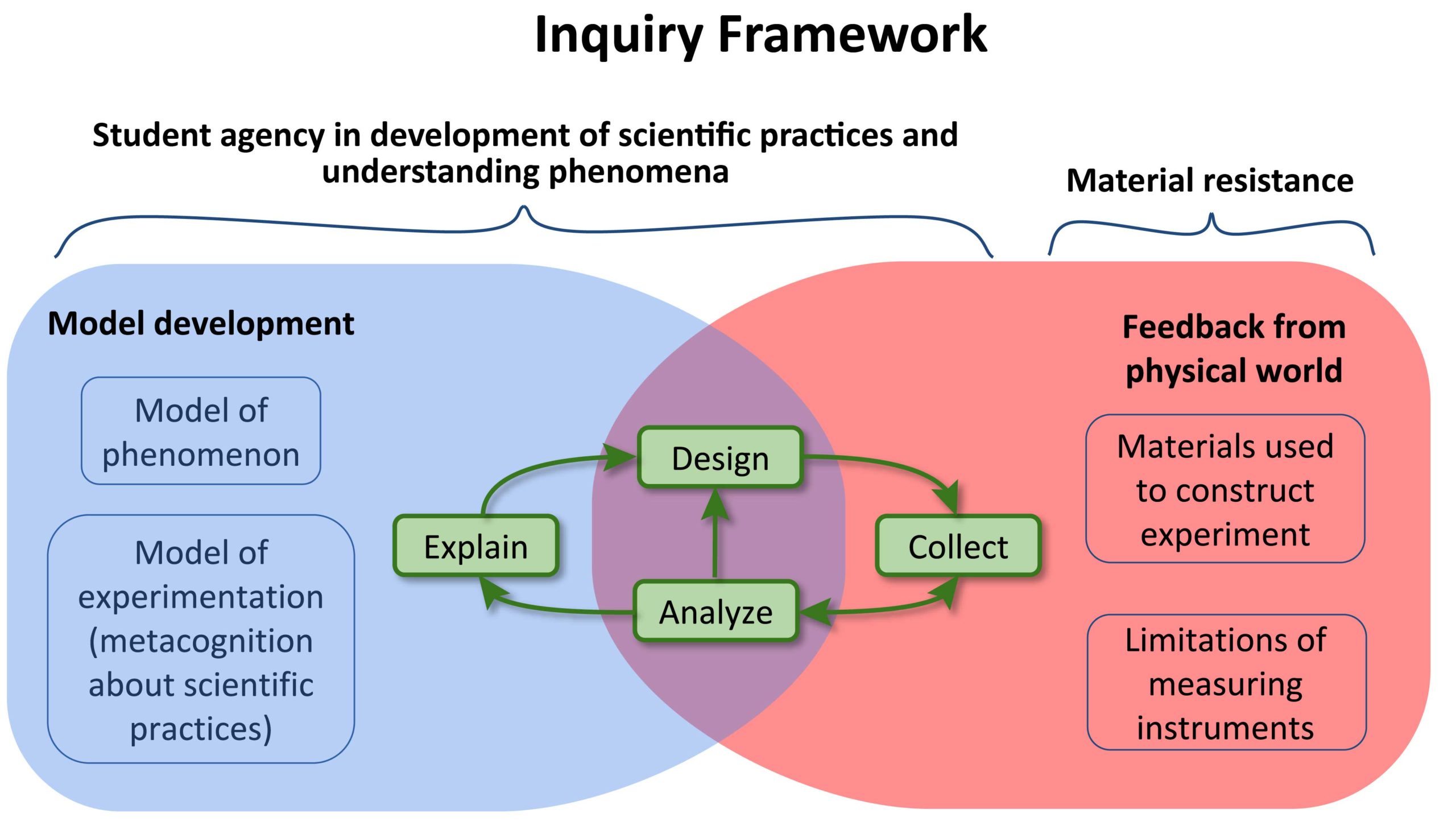
The inquiry framework blends modeling, inquiry cycles (design, collect, analyze, and explain), and modern ideas about material resistance.
Since 2012, our InquirySpace and InquirySpace 2 projects have helped teachers help students do science in their classrooms the way scientists do science—engaging in scientific inquiry. A novel framework that blends modeling, inquiry cycles (design, collect, analyze, and explain), and modern ideas of material resistance guided our research and development. Based on the framework, we developed and tested a curriculum and pedagogical approach to ensure that open-ended inquiry is accessible to a wider range of high school students. Research-based curricula and tools for biology, chemistry, and physics are now widely available for free, and a thriving professional learning community is open to all teachers. Contact us if you’re interested in joining.
8. We Develop Statewide Assessments
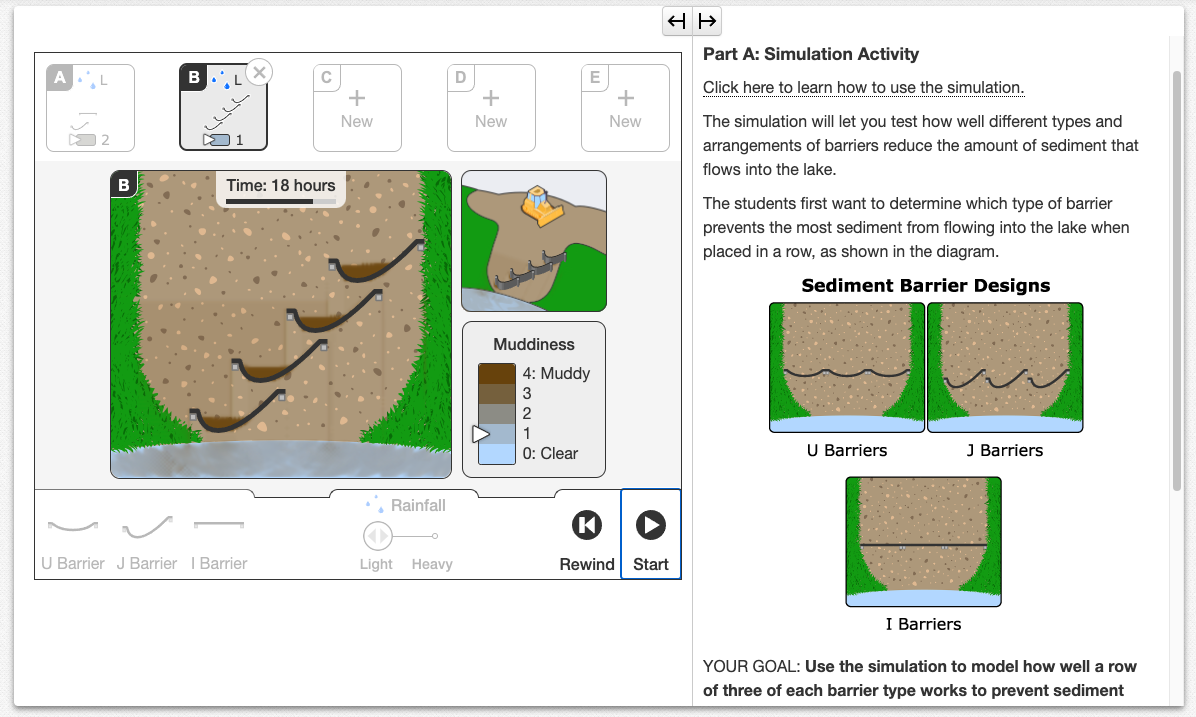
The Massachusetts Department of Elementary and Secondary Education (DESE) is developing a series of innovative science assessments for Grades 5 and 8 as part of the state’s emphasis on more authentic learning experiences that are rigorous, engaging, and culturally relevant for all students. The Concord Consortium was part of the DESE assessment development team, which also included Pearson and WestEd. The goal of the new approach to science assessment is to measure student learning and promote more equitable access to high-quality science instruction. Innovative assessments measure student knowledge of disciplinary standards and provide a deep measure of students’ mastery of the science and engineering practices in the state’s Next Generation Science Standards-inspired science frameworks. Assessment items include a new type of performance task that engages students with longer computer-based science activities or simulations in which they conduct investigations and create and explore models to solve science or engineering problems.
See our sample items on the state’s MCAS website.
9. We Publish Influential Research
We publish a record number of articles for practitioners and researchers. Fifteen articles appeared in Science Scope; The Science Teacher; Science Educator; Science Activities; Instructional Science; Technology, Knowledge and Learning; Journal of Research in Science Teaching; The Earth Scientist; CHANCE; and the International Journal of Science and Mathematics Education. We also wrote a chapter in Situating Data Science: Exploring How Relationships to Data Shape Learning. Learn about all our research in educational technology and get access to free resources.
10. We Develop Innovative Open-Source STEM Software

Bio4Community animation.
To round out our list, we share 10 (of many!) technologies developed over the past year, along with links to the open-source code.
- We developed an animation player for our Bio4Community project in which students pick different levels of stress and body chemistry and observe short- and long-term changes in organs and cells. Synchronizing the video streams helps explain effects at vastly different timescales. (GitHub code)
- We created a new simulation for our Precipitating Change with Alaskan and Hawaiian Schools project, so students can work in synchronized pairs to replicate coastal erosion surveys on beaches in Alaska and Hawaii and see an aggregated view of the whole class data on a 3D map. (GitHub code)
- Inspired by Backyard Brains, whose Arduino-based hardware kits allow students to attach an electrode to their arm, tense their muscles, and use the electricity created to make a robotic-like Grabber open and close, we developed the Dataflow block programming environment for students to simulate how electrical systems traverse a system. (GitHub code)
- We added automated model tagging to our SageModeler system modeling tool to provide teachers more information about their students’ understanding of systems based on model structures they build. (GitHub code)
- We designed the web-based M2Studio mathematical modeling environment to help students engaging in mathematical modeling to define and explore their own models. Featuring dynamic linking across its representations, M2Studio allows students to select text in a model-related narrative story and assign aspects of it as variables, which they can edit further in a variable editor. These newly created variables appear in the text editor as “chips” and in a diagramming area as “cards,” with both pointing to the same variable. Changes to one view automatically update the other. (GitHub code)
- We upgraded our Glossary plugin used in many activities in our STEM Resource Finder. Glossary items include definitions, images, and videos. Students can also provide their own definitions before seeing the authored definition. Curriculum authors can now include multiple translations for each glossary item, allowing the term to be displayed in English and a second language, which can be set by the teacher for each student. (GitHub code)
- We developed a Sensor Interactive to support a number of wired and wireless Vernier sensors and allow students to collect sensor data in activities in our STEM Resource Finder. And we made it possible for curriculum authors to provide pre-authored data that students can use for comparison when creating their runs, specify sensor types to be used in data collection, and enable students to make predictions before collecting sensor data. (GitHub code)
- We created a new Bar Graph Library Interactive designed for authors to create a graph that students can manipulate by dragging bars to set their height/value. Built-in features make this graph accessible for students using a screen reader or keyboard. Several authoring features also allow for customization. This interactive also supports logging and a report item view that gives teachers a snapshot of the student’s answer to the interactive. (GitHub code)
- We developed a framework in CLUE (Collaborative Learning User Environment) to record changes to documents. Students can undo and redo actions. Teachers can play back or navigate to a particular point in time during the student’s journey in creating the document to get a full picture of the student’s path to their final submitted work. (GitHub code)
- We implemented a new authorable feature in our open-response questions that allows students to speak their responses and submit an audio recording to their teacher. Teachers can play back the student’s audio response in the Class Dashboard. (GitHub code)

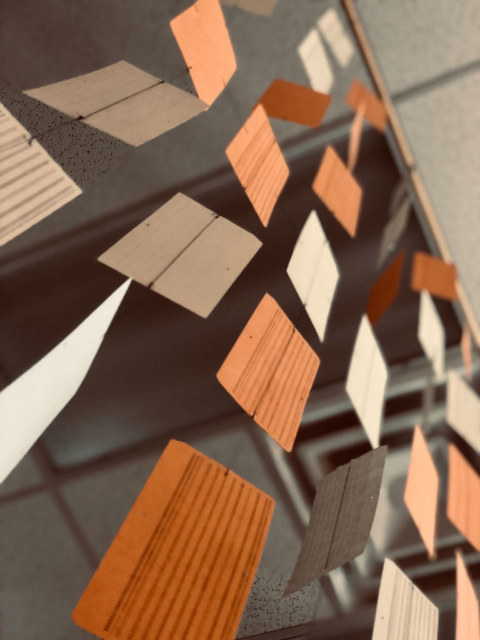
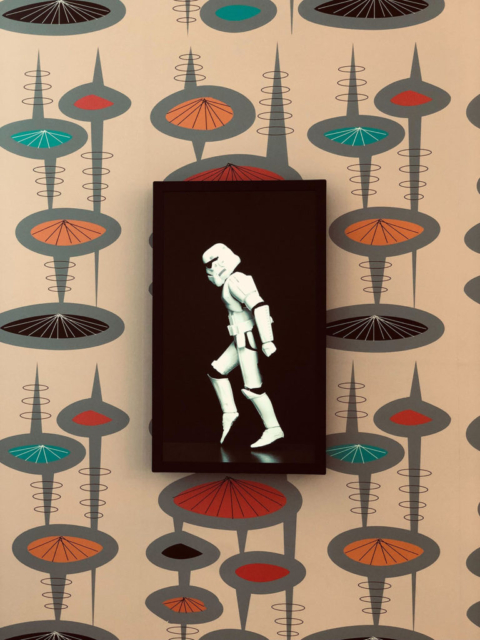

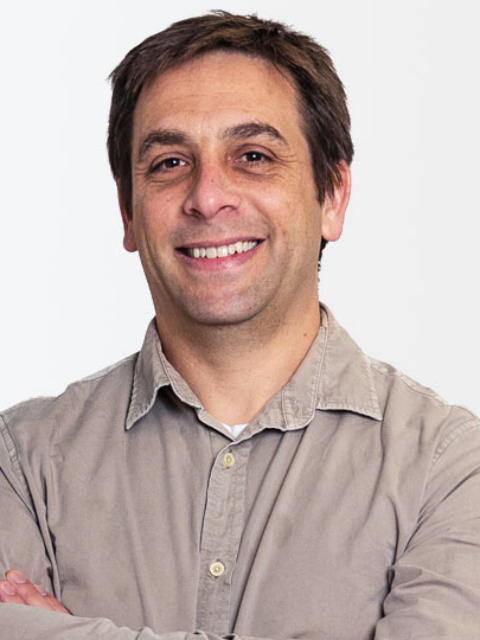
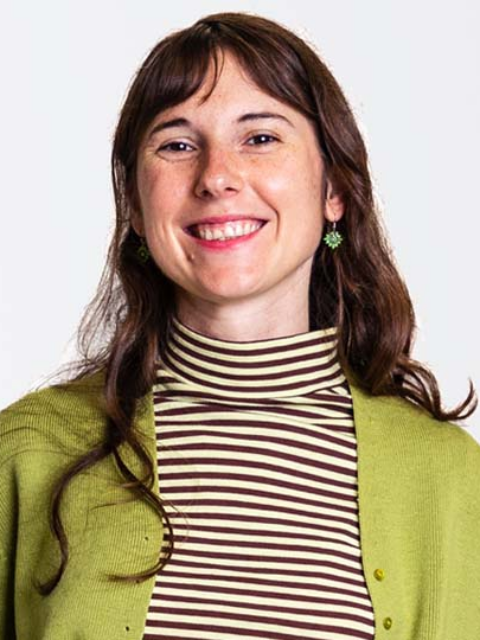

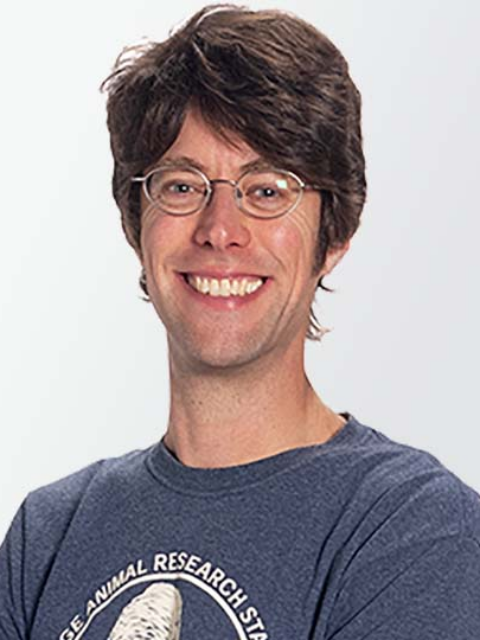
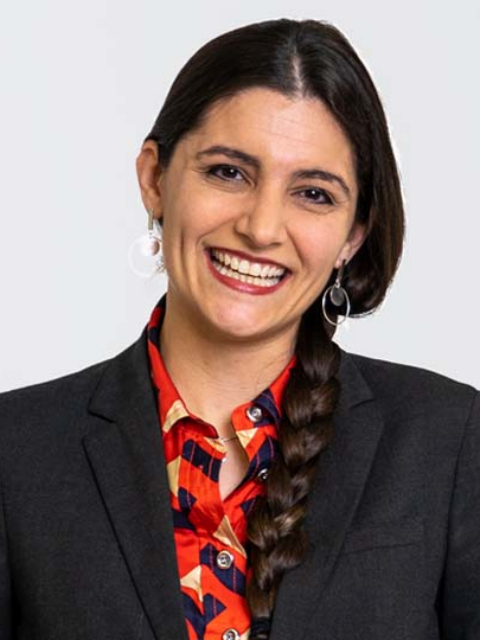
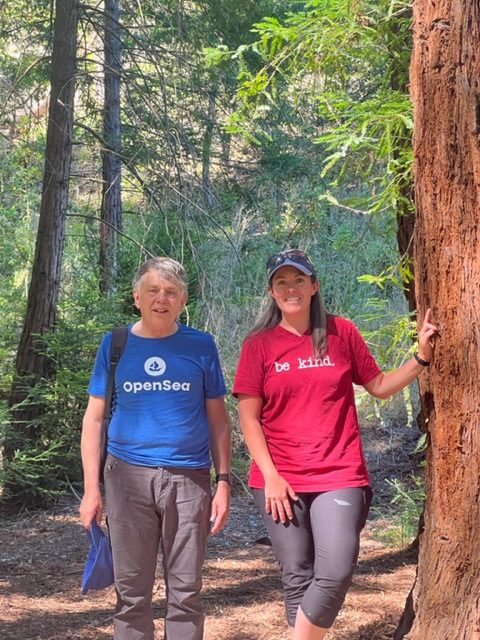 Thanks to nearly $2 million in funding from Devin Finzer, we are
Thanks to nearly $2 million in funding from Devin Finzer, we are 
